Resin jewelry opens up a world of creative possibilities that anyone can explore right from home. Looking to craft your own unique pendants, bangles, or statement earrings? This guide walks you through every step of the process—from start to finish!
By the end of this article, you'll be ready to create jewelry that's guaranteed to spark conversations and have friends wondering about your secret talent.
Grab your supplies. Let's get started!
Ready to create? Our Complete Resin Kits include everything beginners need to start making beautiful jewelry today!
Step 1: Gather Your Supplies
Starting your resin jewelry journey requires specific materials for beautiful results and safety.
Epoxy Resin
Choose jewelry-grade epoxy resin (two-part system). Beginner kits typically include measuring cups and mixing tools.
Safety Gear
Essential protection for your skin, eyes, and lungs while working with potentially irritating chemicals:
- Nitrile gloves (powder-free)
- Protective eyewear
- Silicone mats or wax paper to protect working surface
- Respiratory protection for small spaces
Molds And Shaping Tools
Everything needed to form, manipulate, and perfect your resin creations:
- Silicone molds in various shapes
- Metal bezels for framed pieces
- Mixing cups and stir sticks
- Toothpicks for bubble removal
- Heat gun or torch for bubble elimination
- Sandpaper for finishing
Colorants And Additives
Materials that transform clear resin into vibrant, personalized jewelry pieces:
- Mica powder (metallic/pearlescent effects)
- Alcohol inks (transparent, vibrant colors)
- Fine cosmetic-grade glitter
- Natural elements (gems, shells)
- Specialty additives (metal flakes, glow powder)
Step 2: Prepare Your Workspace
Got your supplies? Great! Now let's set up your work area properly.
Create A Level Surface
Resin always finds the lowest point, so grab a bubble level and make sure your surface is perfectly flat. A few folded paper shims under wobbly table legs can work wonders!
Proper Ventilation
Those resin fumes aren't your friends. Open windows for cross-ventilation or consider a Resiners Air Purifier if you're in a smaller space.
Always keep resin out of bedrooms and kitchens for safety. Temperature affects resin viscosity, so work in a room between 70-75°F (21-24°C) for best results.
Organize Your Materials
Keep everything within arm's reach but arranged logically. Use trays to catch inevitable drips, and banish dusty items from the area—nothing ruins a glossy finish faster than random particles!
Step 3: Mixing And Pouring Resin
Careful attention to measurement, thorough mixing, and proper pouring will help ensure your projects turn out perfectly.
Accurate Measuring
Let resin bottles sit for a few minutes before measuring to allow bubbles to rise. This simple step saves headaches later in your casting process.
Always use separate measuring cups for each part of your resin. Plastic cups with clear measurement markings work best for accurate ratios. Most resins require a precise 1:1 ratio by volume, not weight.
Important measurements to remember:
- Small projects: 5-10ml total mixture
- Medium projects: 15-30ml total mixture
- Large casting projects: 40ml or more
Never eyeball measurements - even small ratio errors can prevent proper curing.
Mixing Without Bubbles
Mix your resin slowly and deliberately for at least 4 minutes. Use a flat stir stick and scrape the sides and bottom of your cup multiple times during mixing.
Bubble prevention techniques:
- Stir in one direction only
- Keep the stir stick below the surface to avoid introducing air
- Use a heat gun or torch briefly after mixing to pop surface bubbles
- Let mixed resin sit for 5 minutes to allow bubbles to rise
For jewelry projects, avoid whipping or vigorous stirring which creates micro-bubbles. If you see a cloudy appearance, you're stirring too quickly.
After mixing, examine the resin against a light source. It should appear clear and streak-free with no visible separation lines.
Bubbles ruining your pieces? Achieve crystal-clear results with our Airless Bubble Removal Machines.
Adding Colors And Inclusions
Resin takes various colorants and add-ins, but amounts matter.
For transparent colors, add only 1-2 drops of alcohol ink or resin dye per 10ml of mixed resin.
Popular inclusions for jewelry:
- Dried flowers
- Fine glitter (resin-safe varieties)
- Mica powder (1/4 teaspoon per 30ml resin)
- Small charms or trinkets
Add colorants after complete mixing of parts A and B. Mix gently to avoid introducing new bubbles. For multi-color effects, pour different colors separately or swirl lightly with a toothpick.
Heavy inclusions may sink during curing. Pour a thin base layer first, let it become tacky (about 30 minutes), then add heavy items before pouring the remaining resin.
Create stunning colors! Our Premium Pigment Powders blend perfectly with resin for vibrant, fade-resistant jewelry.
Pouring Into Molds
Pour resin slowly from one spot to allow it to flow naturally into your mold. For best results, hold your cup about 1-2 inches above the mold to minimize bubbles.
Silicone molds don't typically need release agents, but other materials might. Check manufacturer recommendations before pouring. Fill molds slightly above the rim for doming effects in pendants and earrings.
After pouring:
- Tap molds gently on work surface to release trapped bubbles
- Use a toothpick to guide resin into tight corners
- Cover with a dust cover (box or plastic container)
- Keep at recommended temperature during curing
For multi-layer casting, wait until the previous layer is tacky but not fully cured before adding the next. This creates the strongest bond between layers. Most jewelry resins need 24 hours for full curing before demolding.
Step 4: Curing And Finishing
Proper curing ensures durability while finishing techniques transform your creation from good to professional quality.
Curing Conditions
Resin needs specific conditions to cure properly:
- Temperature: Maintain 70-75°F (21-24°C). Too cold causes stickiness; too hot leads to rapid curing with trapped bubbles.
- Humidity: Keep below 50% to prevent clouding in clear pieces.
- UV Resin: Use a 365-405nm UV lamp for 2-3 minutes per side for small pieces.
- Epoxy Resin: Allow 24-48 hours for complete curing. Patience yields harder, clearer jewelry.
Demolding Your Pieces
Wait for complete curing before removing jewelry from molds:
- Test readiness by pressing a fingernail into an inconspicuous area - no mark means it's ready
- Gently peel silicone molds away from the edges instead of pulling straight up
- For difficult releases, chill molds in freezer for 5-10 minutes to create slight contraction
- Use a toothpick to carefully separate edges of intricate pieces
- Clean molds with isopropyl alcohol after use to maintain their condition
Sanding And Polishing Techniques
Start with coarse sandpaper (around 400 grit) to remove any major imperfections or excess resin on your pendants or rings. Work through progressively finer grits - 600, 800, 1000, and up to 2000 for a smooth surface.
Always sand wet to prevent resin dust and achieve better results. This is especially important for bangles and beads where comfort matters.
Sanding Tips:
- Use circular motions
- Rinse frequently to check progress
- Sand all surfaces evenly for consistent shine
For polishing, use a specialized resin polish or compound on a soft cloth. Meanwhile, a dremel with a felt polishing tip works well for smaller pieces like charms and earrings.
For a glass-like finish on your pendants and necklaces, apply a final thin coat of resin as a "dome coat" after sanding.
Adding Findings And Hardware

Select the right findings based on your jewelry type. For pendants and necklaces, bail caps or jump rings work well. Earrings typically need ear wires or posts.
When attaching findings to resin pieces, use E6000 or a similar jewelry adhesive rather than superglue. Allow 24 hours for a secure bond before wearing.
For embedding hardware into resin, place your findings (like earring posts) during the pouring process when the resin is still liquid. Ensure they're positioned exactly where you want them.
Common Findings by Jewelry Type:
- Necklaces: Jump rings, chains, clasps
- Earrings: Ear wires, posts, hooks
- Bracelets: Toggle clasps, magnetic clasps
- Rings: Adjustable ring bases
Test all connections by gently tugging before giving or selling your jewelry. Your reputation depends on durability!
Perfect your craft with our Essential Accessories—from precision molds to professional finishing tools.
Conclusion on Resin Jewelry
Now you have all the essential knowledge to start creating beautiful resin jewelry! Remember that practice makes perfect—your first pieces might not be flawless, but each project teaches valuable lessons. Keep experimenting with colors, textures, and embedding techniques to develop your unique style.
The resin jewelry community is supportive and full of inspiration. Don't hesitate to share your creations and ask questions as you grow in this rewarding craft.
Ready to expand your resin artistry beyond jewelry? Check out our Inspiring Resin Art Ideas for your next creative adventure!
Frequently Asked Questions about Resin Jewelry
Is resin good for jewelry?
Resin makes excellent jewelry because it's versatile, lightweight, and allows for endless customization. You can embed practically anything—dried flowers, glitter, photos—creating truly unique wearables. With proper techniques, pieces can range from glass-clear pendants to vibrant, colorful statement accessories.
Do you need a UV light for resin jewelry?
It depends on your resin type—UV resin requires a lamp for curing, while epoxy resin hardens through chemical reaction without special equipment. UV resin cures in minutes making it perfect for small projects, while epoxy takes 24-72 hours but offers more working time for complex designs.
Does resin jewelry break easily?
Properly cured resin jewelry is surprisingly durable and scratch-resistant for everyday wear. Keep designs appropriately thick for wearable items to prevent fragility. While not as hard as stone or metal, quality resin pieces withstand normal use without issues.
Does resin jewelry tarnish?
Resin doesn't tarnish like metals but can yellow over time with UV exposure. Use UV-resistant formulations and store pieces away from direct sunlight when not wearing them. A clear UV-protective topcoat helps maintain clarity and color for years.

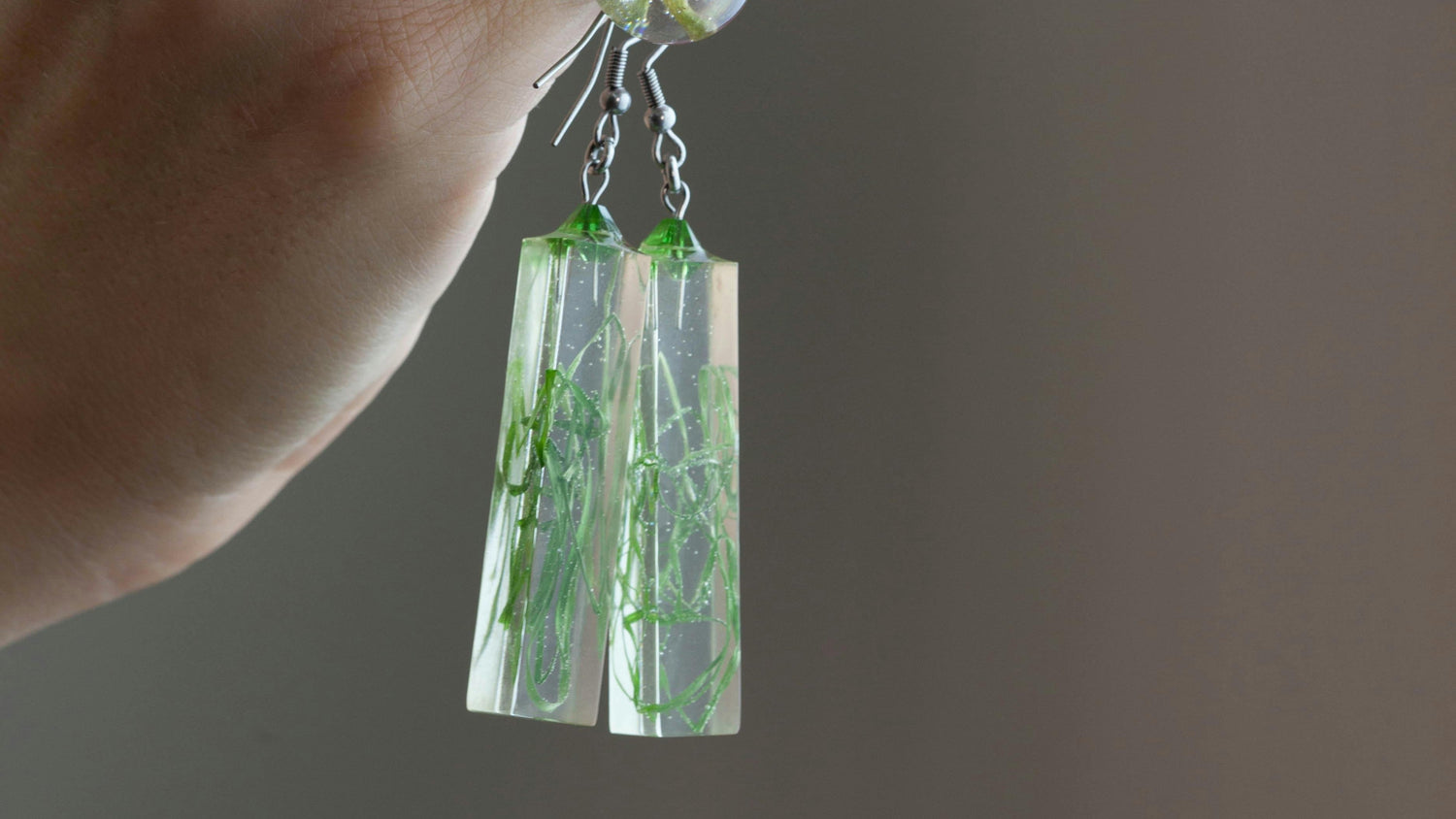




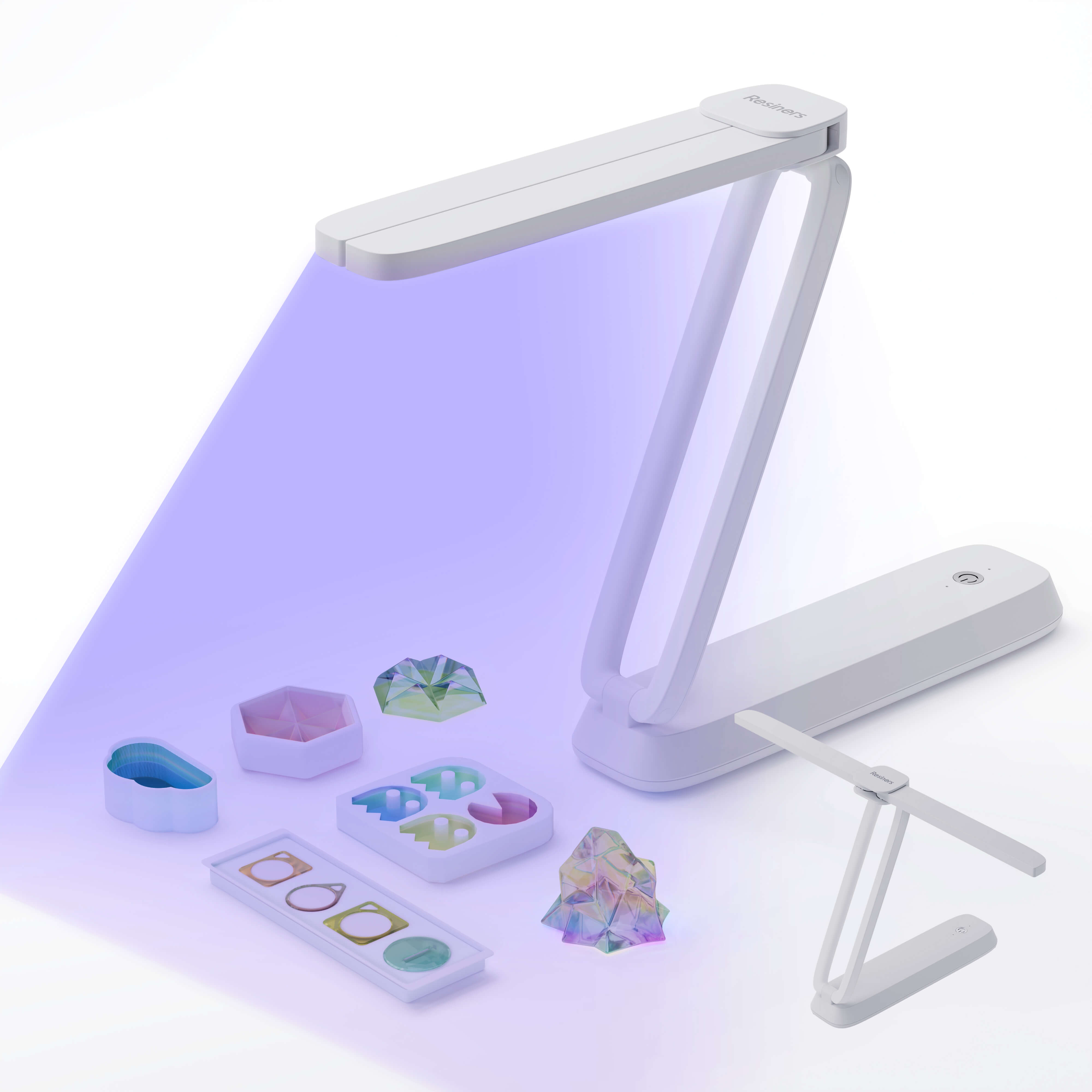
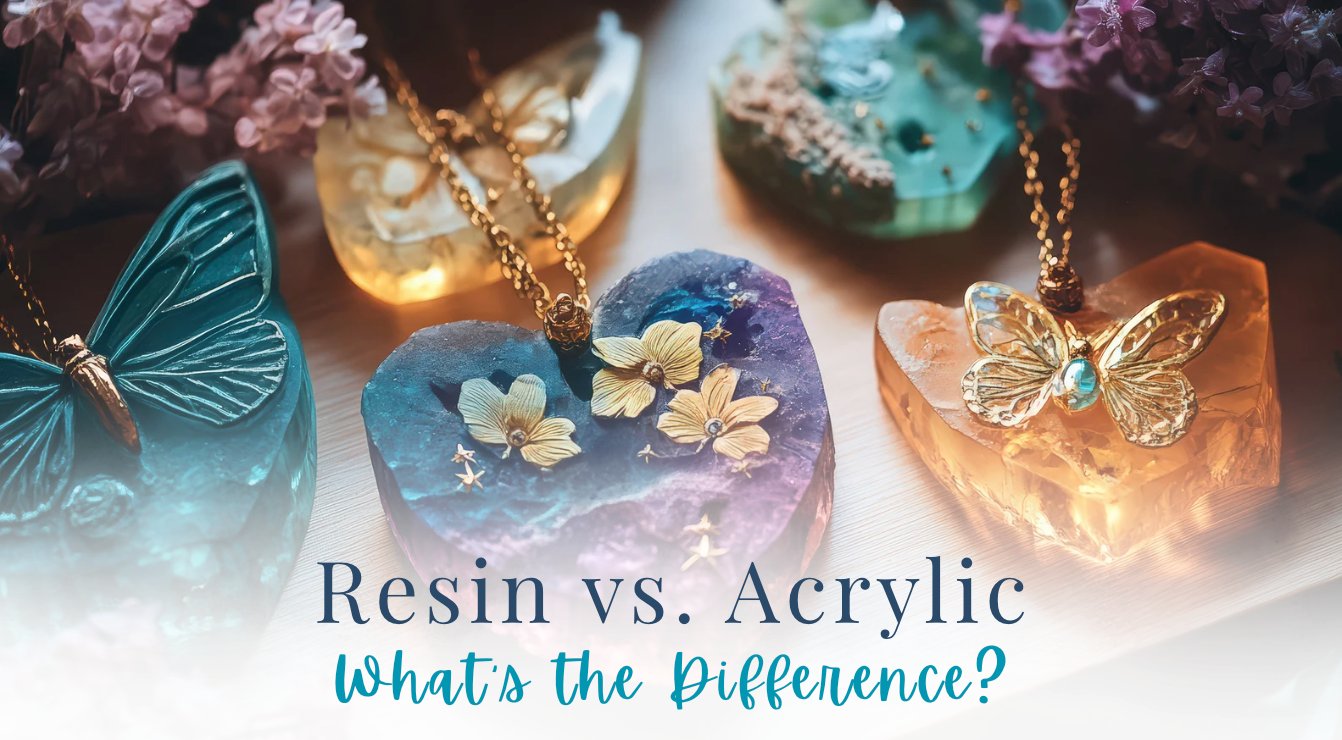
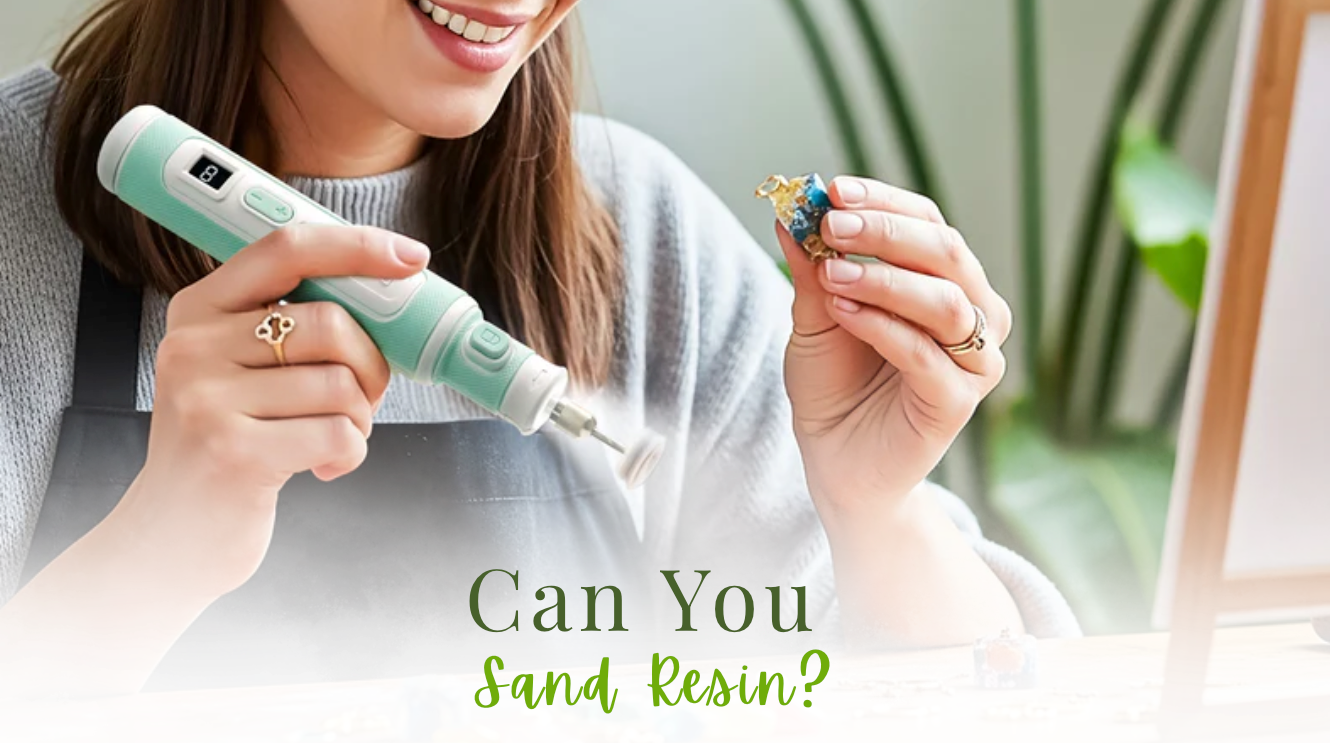
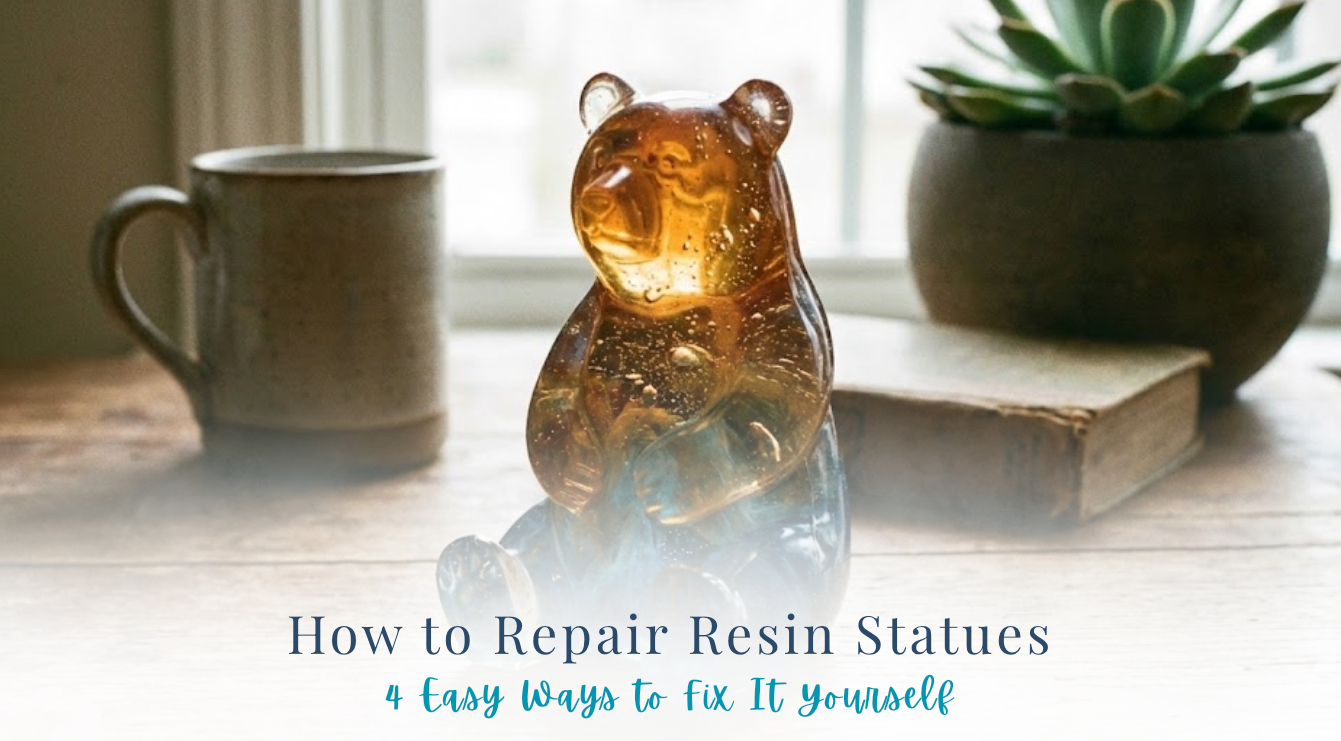

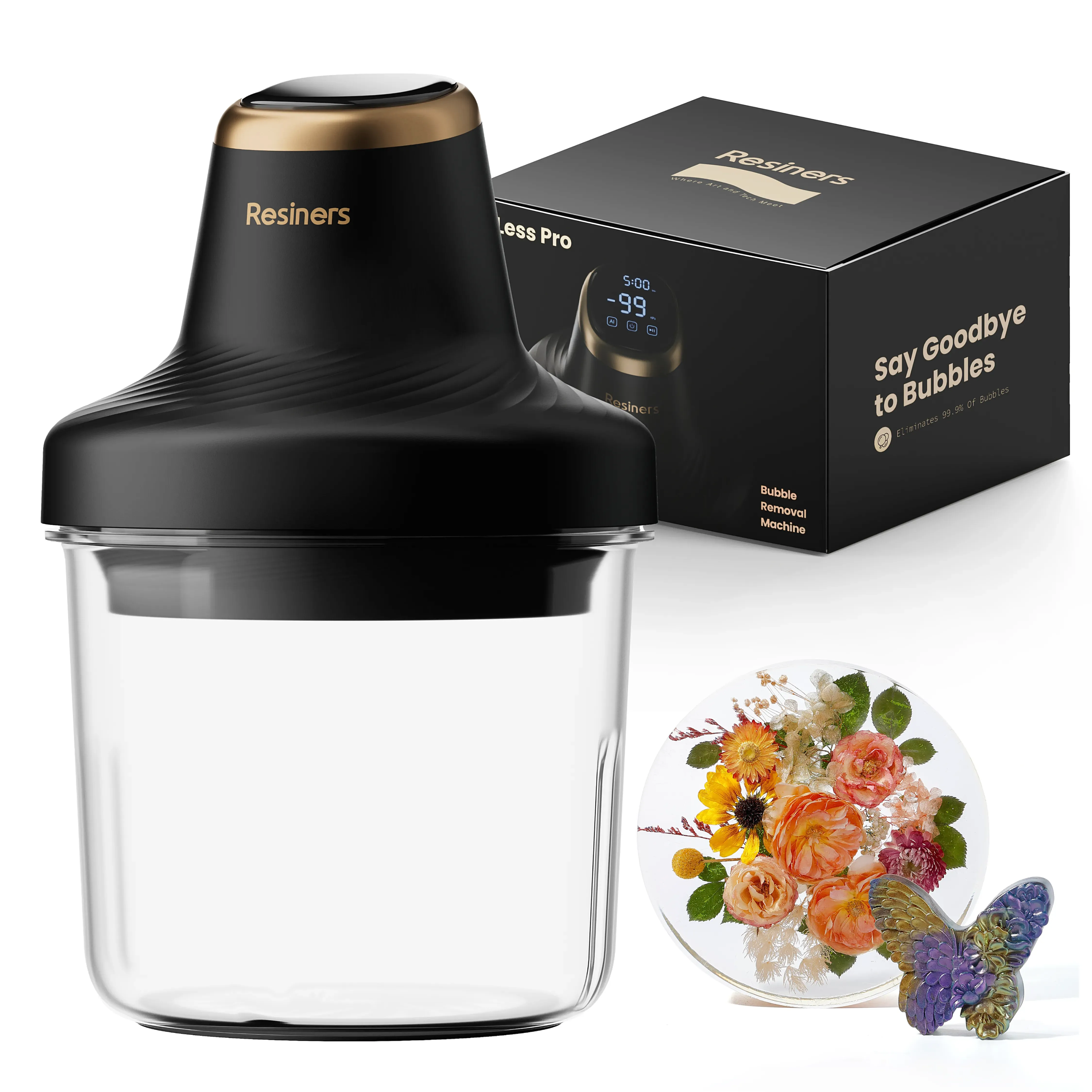
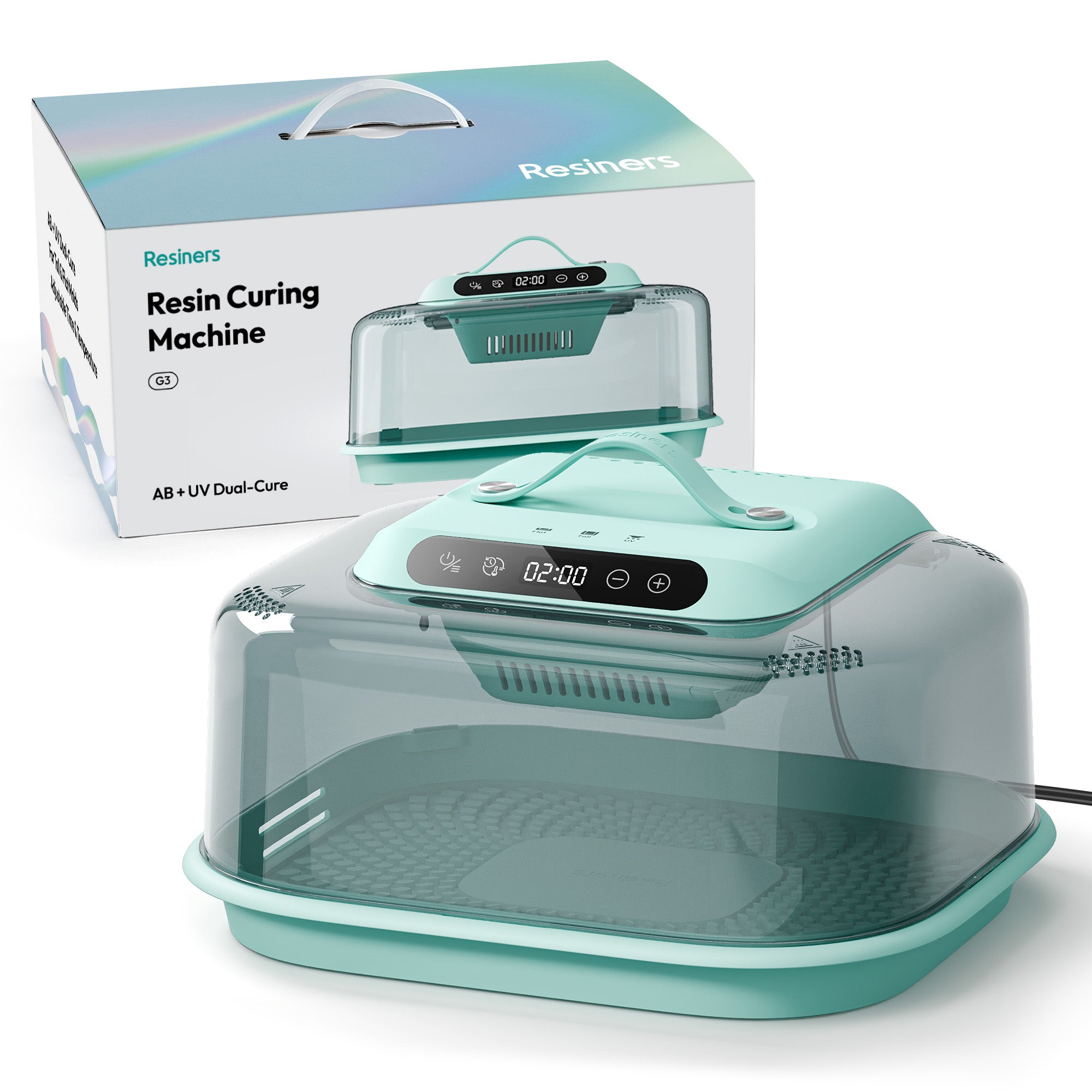

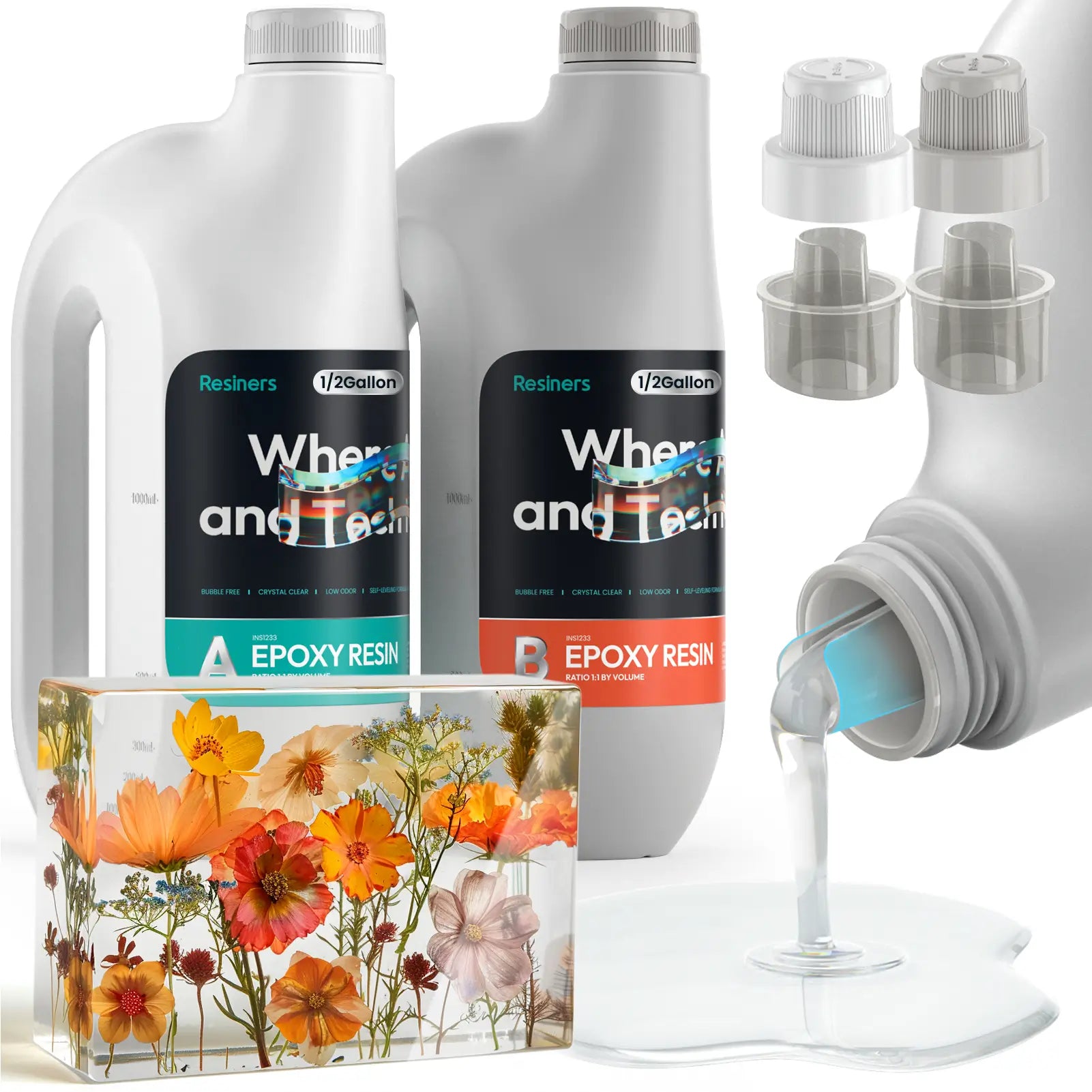
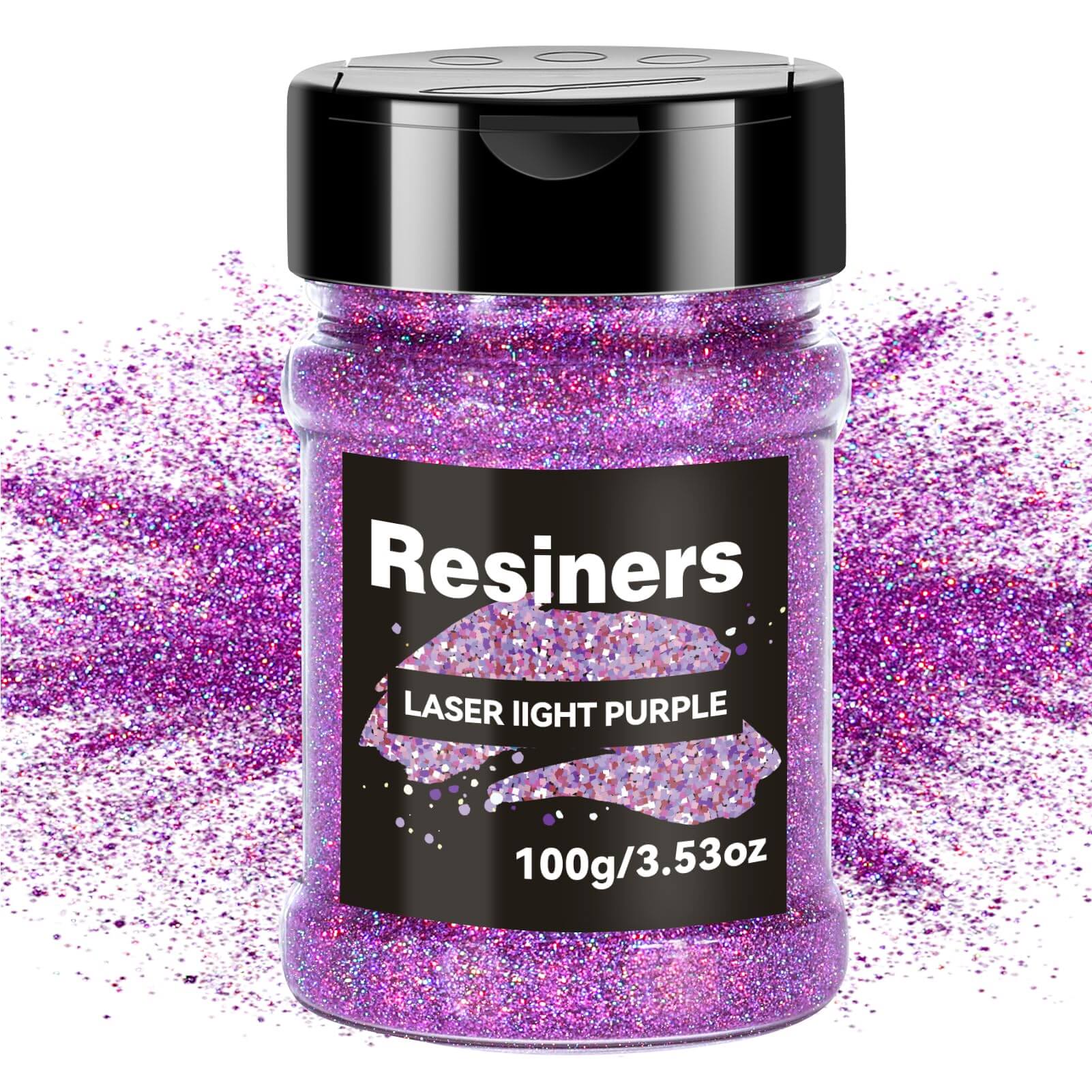
コメントを書く
このサイトはhCaptchaによって保護されており、hCaptchaプライバシーポリシーおよび利用規約が適用されます。